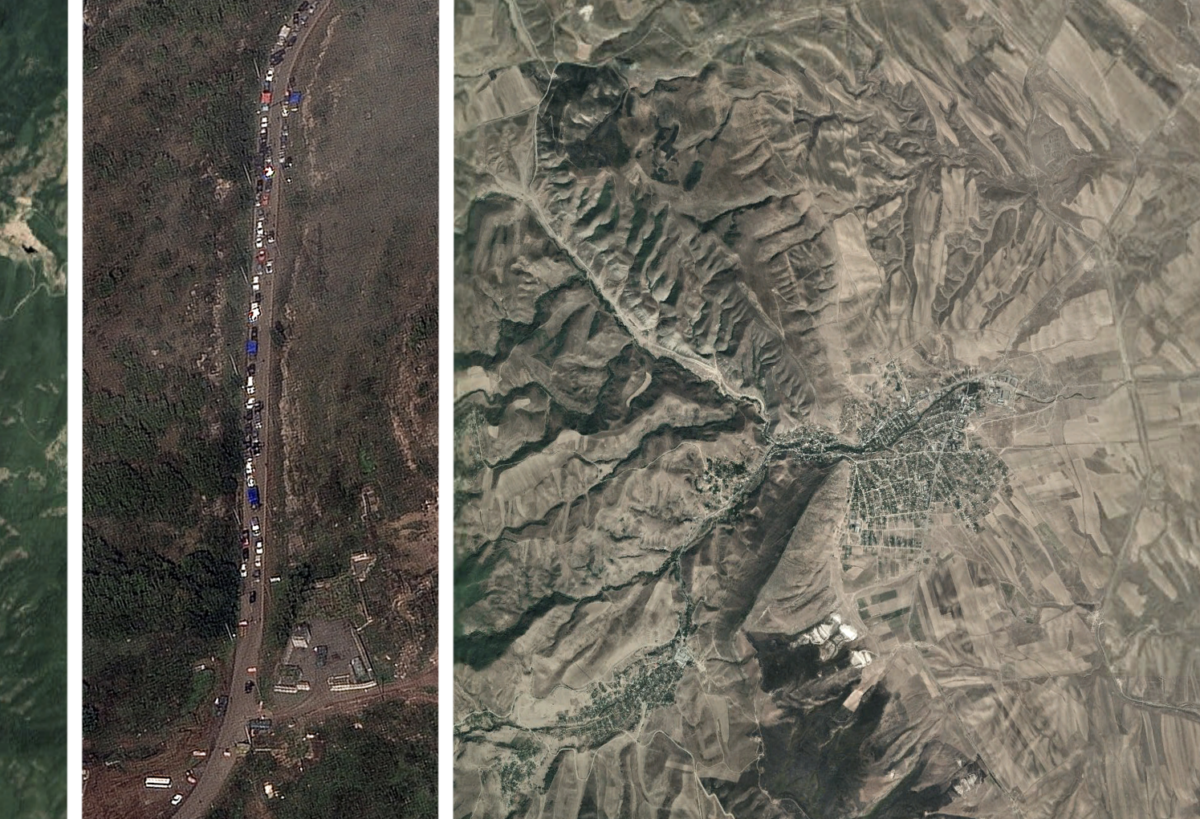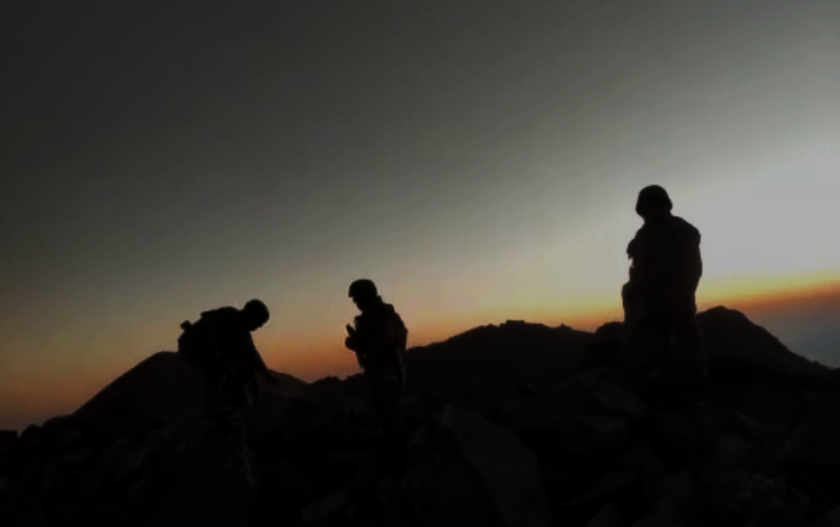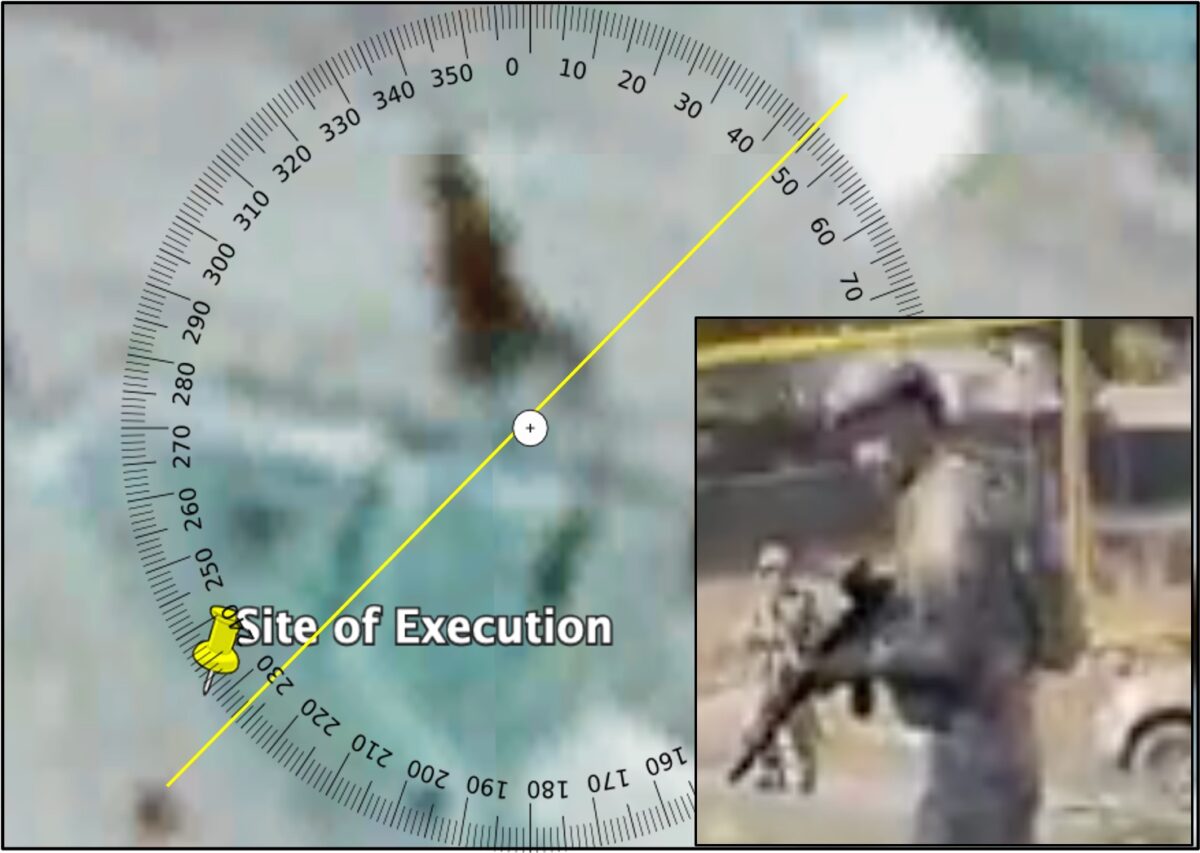Chaos and Crisis as Azerbaijan Attacks Nagorno-Karabakh
Azerbaijan and representatives of Nagorno-Karabakh’s de-facto Armenian government have begun re-integration talks for the territory after a 24-hour offensive by Azerbaijani forces. On Tuesday, September 19 Azerbaijan launched a new offensive against the self-governing Armenian-populated region. The attack followed a nine-month blockade of the territory by the Azerbaijani authorities, which prompted international condemnation.
Azerbaijan’s armed forces initially attacked Nagorno-Karabakh’s capital Stepanakert with drones and artillery, breaking through the line of contact (the front line separating Armenian and Azerbaijani troops) to surround key settlements.
Azerbaijan’s President Ilham Aliyev declared that the country had “restored its sovereignty” to the area internationally recognised as part of Azerbaijan, and a ceasefire was declared. However, at the time of writing there are reports of continued shelling and small arms fire in some areas.
Since the advance of Azerbaijani forces and the capitulation of Nagorno-Karabakh’s de-facto authorities thousands of Armenian civilians have fled their homes; Armenia’s prime minister has accused Azerbaijan of carrying out a policy of ethnic cleansing in Nagorno-Karabakh. Bellingcat has previously documented human rights violations by Azerbaijan’s forces in areas of Nagorno-Karabakh which came under Baku’s control in 2020.
Since the start of Azerbaijan’s latest offensive, Bellingcat has been monitoring open source information about the humanitarian consequences — in particular attacks on the territory’s civilian infrastructure and the movement of its ethnic Armenian population.
Azerbaijan declared an end to operations on the evening of Wednesday, September 20, however there are reports that gunfire could still be heard near Stepanakert on the morning of September 21, hours before aforementioned talks between Azerbaijani and Karabakh Armenian representatives commenced in the town of Yevlakh. Widespread and prolonged disruptions to internet services in the area have resulted in sporadic filtering of information out of the region.
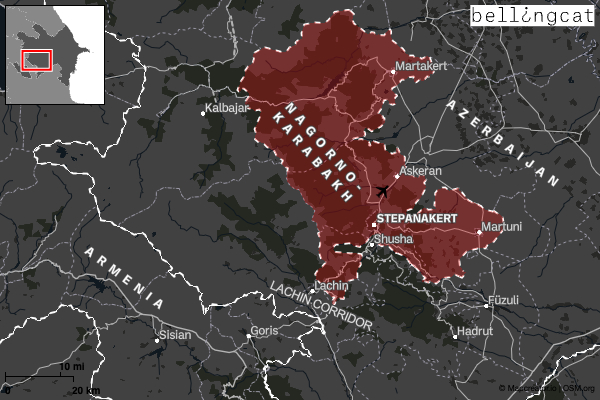
Armenian officials and international experts fear the ethnic cleansing of the approximately 100,000 ethnic Armenians in the enclave. Last month, Luis Moreno Ocampo, the former lead prosecutor of the International Criminal Court, released a report warning there is a “reasonable basis” to believe there is a genocide against Armenians living in Nagorno-Karabakh — for the past nine months, Azerbaijani security forces have blocked access to Nagorno-Karabakh, cutting off essential supplies including food and medicine.
Videos Show Damage to Civilian Areas, Civilians Fleeing
Bellingcat has seen evidence of attacks on residential areas of Nagorno-Karabakh.
Early reports on social media place the start of the hostilities shortly after noon on September 19. The Azerbaijani Ministry of Foreign Affairs (MFA) released videos throughout the day showing its armed forces striking Armenian military targets. Among these were videos shared on the MFA’s YouTube page featuring drone footage of military positions and the bombing of military equipment.
Hikmet Hajiev, foreign policy adviser to Azerbaijan’s president, claimed in an interview to CNN that Azerbaijan only targeted military infrastructure with “precision weapons” in the offensive. However, available open source evidence shows that residential areas were also impacted in the attack. The country’s Defence Ministry also released a statement on September 19 claiming that “humanitarian aid stations” had been opened along the Lachin Corridor connecting Nagorno-Karabakh to Armenia to ensure the “evacuation of the population”, but no open source evidence of civilians fleeing towards them has yet emerged.
The Human Rights Defender of the Republic of Artsakh (as Nagorno-Karabakh is also known to its Armenian population) announced on the evening of September 20 that at least ten civilians — including five children — were among the 200 fatalities in the hostilities.
The entity also decried the worsening humanitarian situation in the area, pointing out that civilians in the region had been suffering through prolonged interruptions to electrical, heating, and internet services. Importantly, critical fuel shortages had caused all public transport to cease during the nine-month blockade, complicating any evacuation or humanitarian efforts.
Siranush Sargsyan, a freelance journalist in Nagorno-Karabakh, shared videos showing destroyed civilian vehicles and damage to apartment buildings on Azatamartikneri Avenue (39.821232, 46.758423) in downtown Stepanakert.
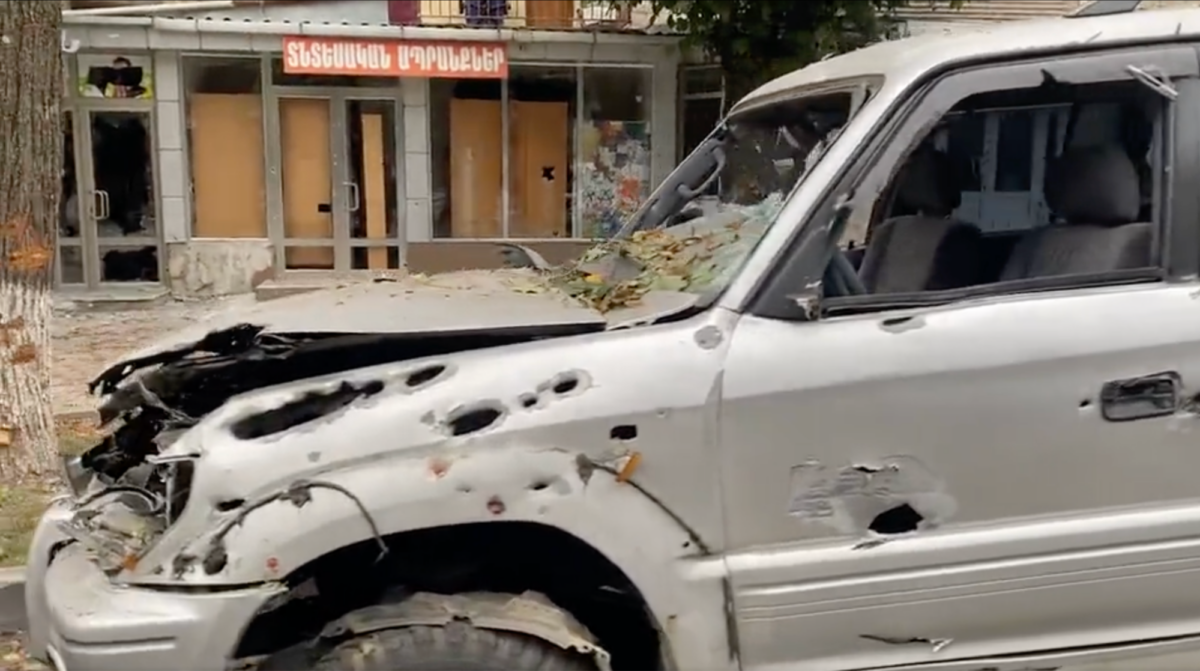
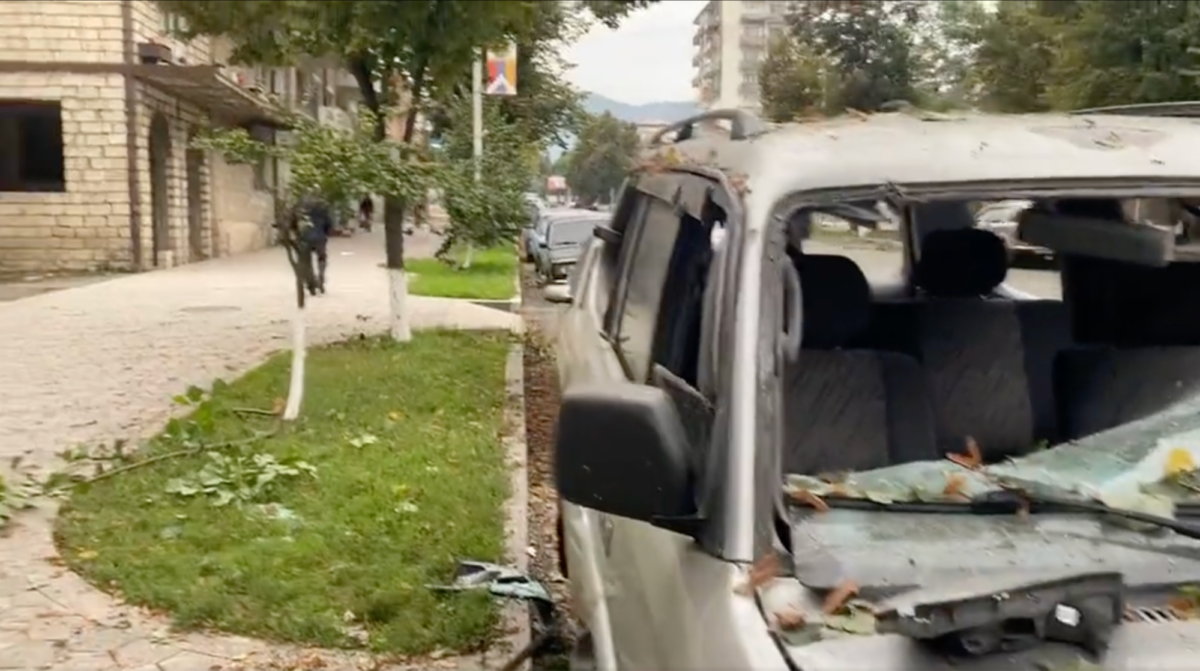
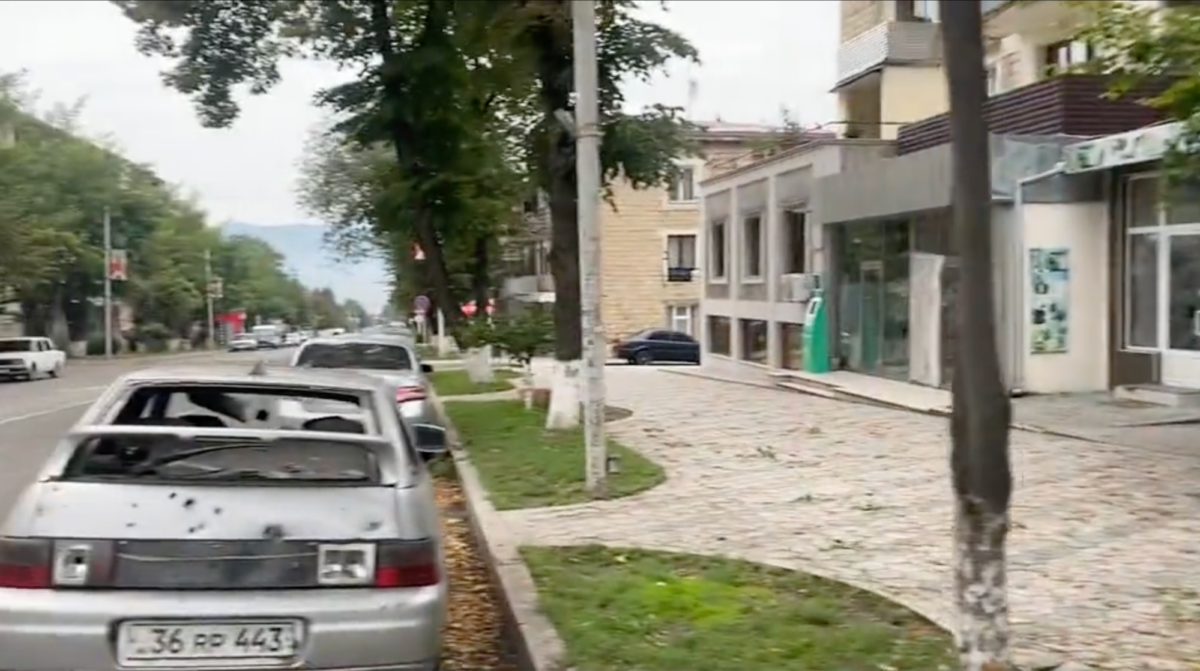
Sargsyan shared a video of damage to another civilian building apparently in central Stepanakert, which Bellingcat was unable to immediately geolocate.
Other videos shared on September 20 showed Armenian civilians fleeing their homes. A large number of them arrived at the Russian peacekeepers’ base at the airport near Khojaly:
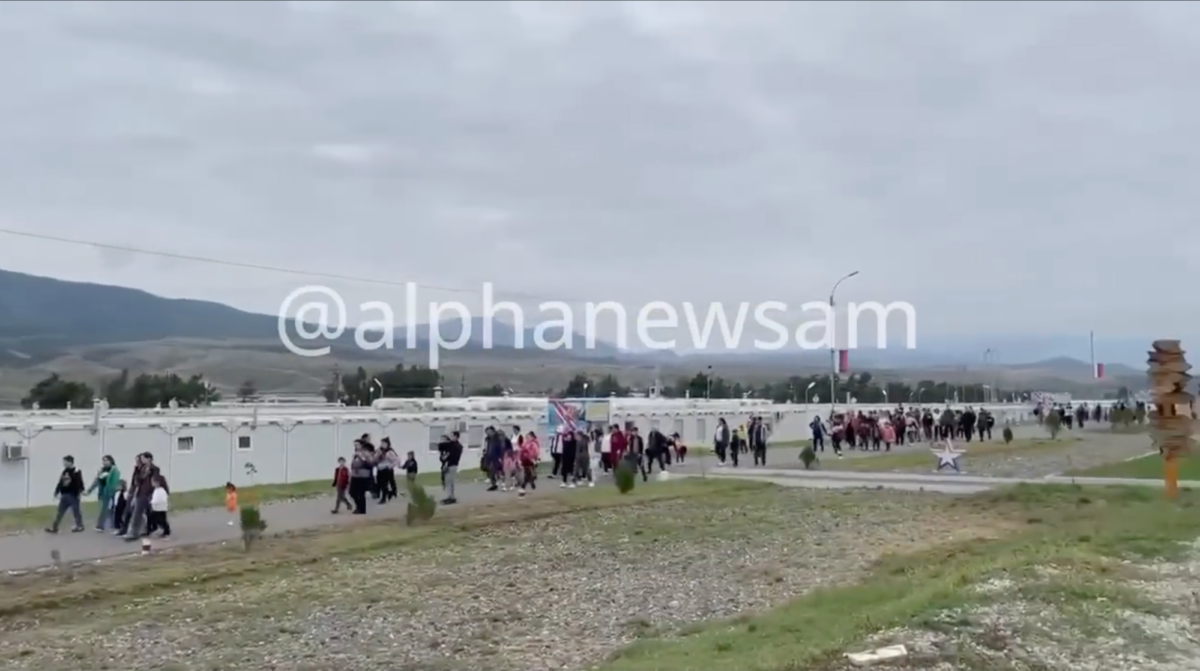
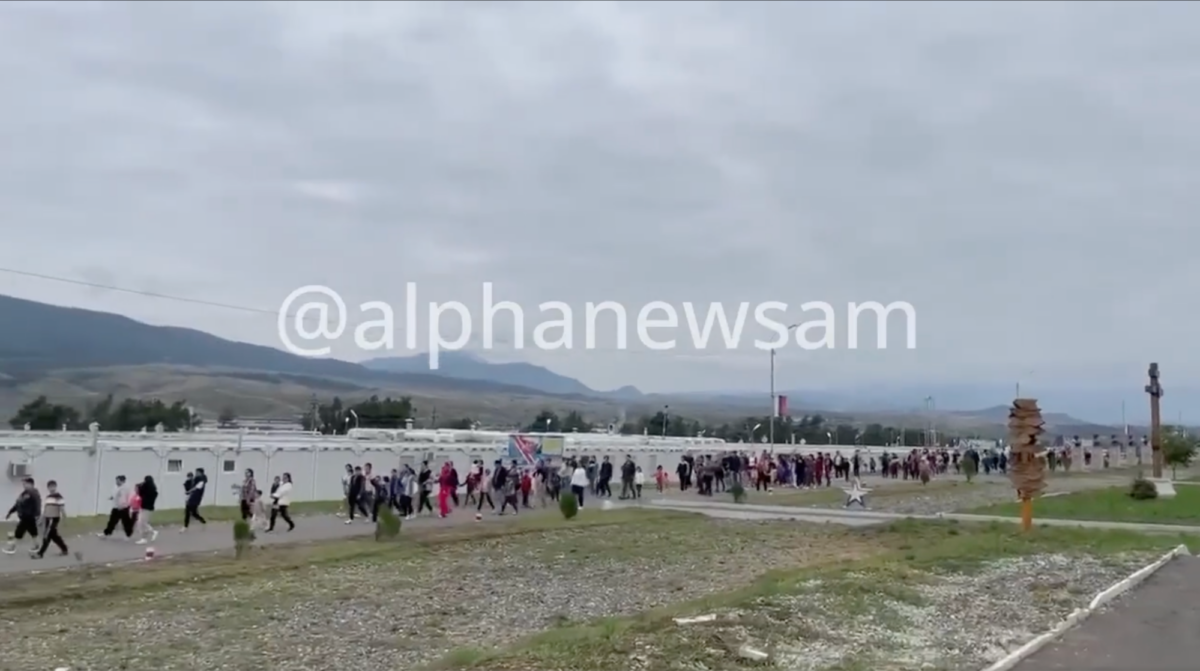
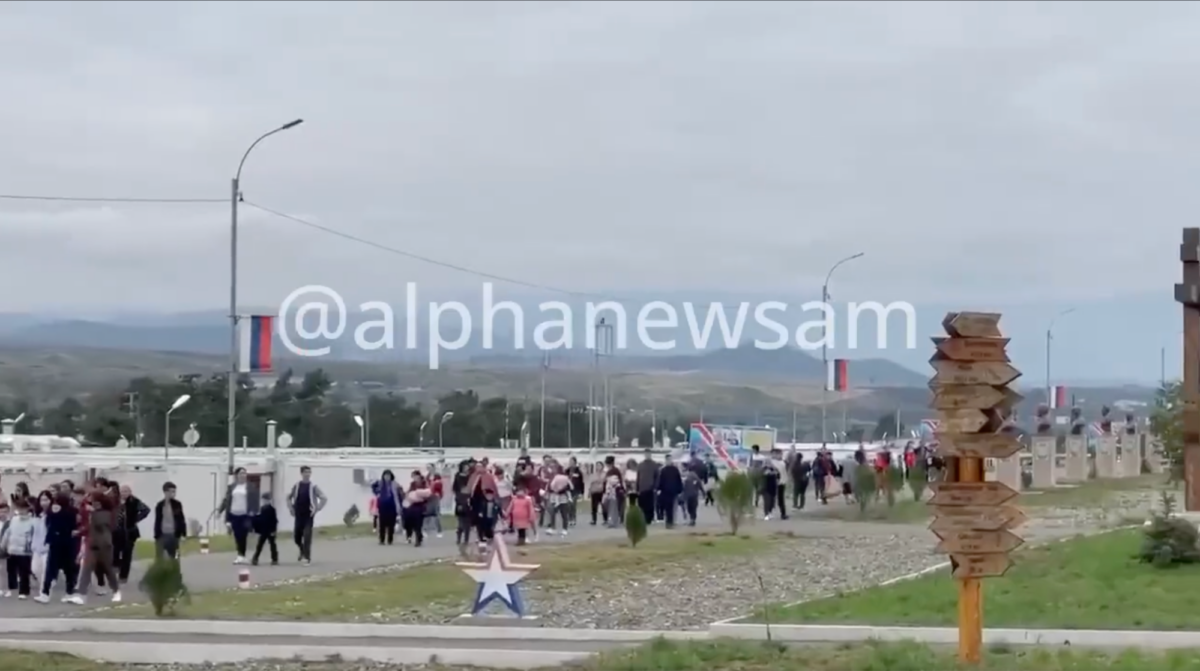
One photograph whose initial author is unknown was then widely circulated on social media, showing a large crowd gathering at the terminal building of the airport.
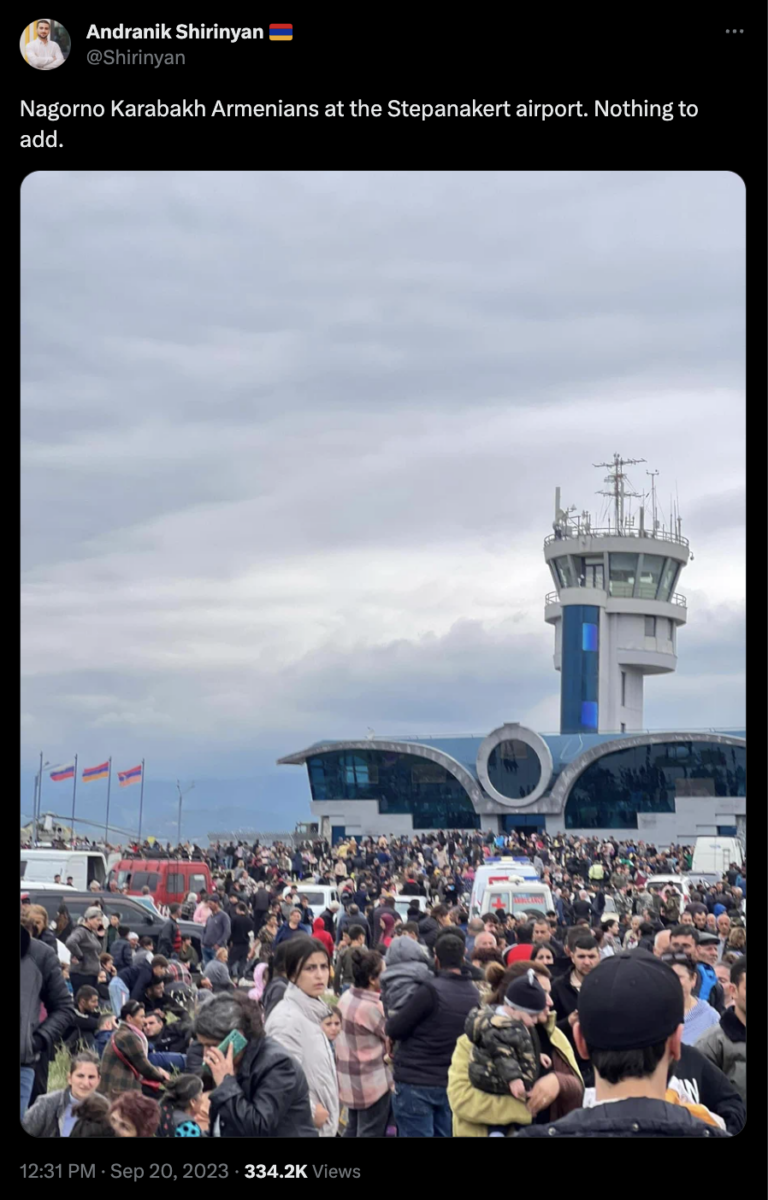
At 2:00 PM local time, footage appeared showing a large group of Armenian civilians and vehicles near the airport’s terminal building (39.899226, 46.787836).
The television channel of Russia’s military, TV Zvezda, also released footage of Russian peacekeepers letting a large group of Armenian civilians into the base. Images later appeared of a group of civilians at an Orthodox Church on its premises at (39.902255, 46.793253).
The independent Russian news website Meduza reported on a brief from the Russian Presidential Administration which instructed state media to highlight the role of peacekeepers in “evacuating the civilian population”, particularly stressing the fact that some took shelter in the aforementioned Orthodox Church.
A statement posted to Russia’s Defence Ministry website on September 20 notes that Russian peacekeepers evacuated 3,154 people from the Mardakert, Martuni and Askeran Regions. It is not known whether these are the civilians seen in the videos mentioned above.
Given extensive cloud cover over the airport yesterday, Bellingcat tasked a synthetic aperture radar (SAR) satellite image of the site. Unlike visible light satellite images, SAR can penetrate through clouds and, in effect, “see” certain objects.
The SAR images that Bellingcat obtained, seen below, are not strongly conclusive. However, they show what appear to be a large number objects on the road adjacent to the Russian base. Two large groups of these are also visible, one in a parking lot by the airport terminal and another in a field nearby.
These objects could plausibly be vehicles, which have also been seen in the area in large numbers in one video uploaded by an Armenian social media user and another video bearing the coat of arms of Russia’s Defence Ministry.
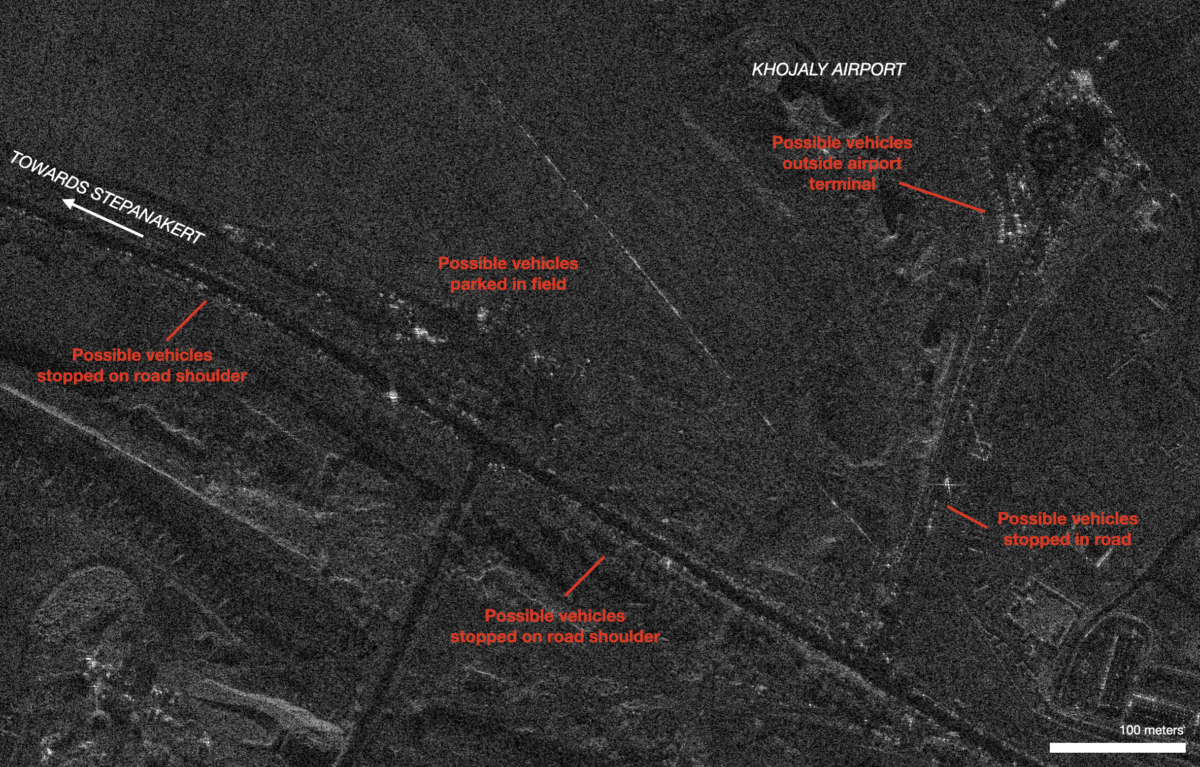
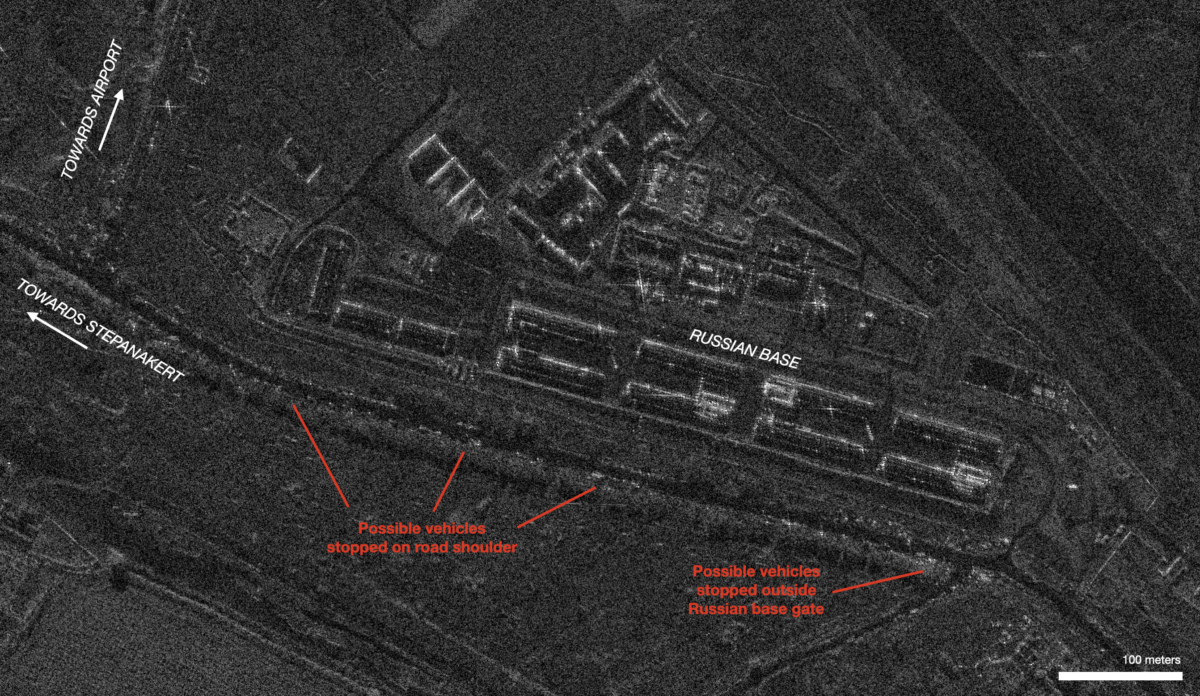
At the time of writing, there are numerous claims on social media that Azerbaijani soldiers have advanced into the city of Stepanakert.
This morning, local journalist Marut Vanyan posted images of internally displaced people from across Nagorno-Karabakh on the streets of Stepanakert.
https://twitter.com/marutvanian/status/1704733065673687175
An Uncertain Future
The future of Nagorno-Karabakh’s 100,000 ethnic Armenians remains uncertain. In his speech on Wednesday, Aliyev assured that the rights of Armenians would be preserved under Baku’s rule, however some experts have argued that most Karabakh Armenians are unlikely to put much faith in Baku’s assurances.
Armenia’s Prime Minister Pashinyan has “taken into account” the decision of the Karabakh Armenian authorities and in a video address argued that the Russian-negotiated ceasefire obliged Moscow to guarantee their security, reported Armenian news website CivilNet. Yesterday the same website reported confusion on the ground as to whether “humanitarian corridors” to Armenia via the Lachin Corridor will be opened at all.
“Fears of expulsion and ethnic cleansing are justified because there is precedent. Every time territory has changed hands in the Armenian-Azerbaijani conflict, ethnic cleansing has taken place,” said Laurence Broers, an Associate Fellow at Chatham House’s Russia and Eurasia Programme, in comments to Bellingcat.
“The previous nine months of blockade followed by yesterday’s offensive are not the ideal background to discussions of co-existence. What we’ve seen here is a coercive model, where we now have no trust whatsoever and a deep asymmetry in power. This is not a setting that can provide for a successful process, which would need painstaking negotiations and transitional arrangements.”
Bellingcat will continue to monitor the situation to track the humanitarian consequences of this latest escalation of the Nagorno-Karabakh crisis.
Giancarlo Fiorella, Maxim Edwards and Narine Khachatryan contributed research alongside members of Bellingcat’s Global Authentication Project (GAP)
